Selling on Amazon is never an easy ride – even for those experienced sellers, sometimes you just don’t know where to put your effort in.
Among all the factors that could impact an Amazon business, the on-page factors of a product are not the most decisive ones maybe, but they can still impact online business greatly, besides that, on-page factors are also the most easy-to-optimize factors.
On-page factors optimization is what this article aimed for. We’ll offer a complete image of SEO and the most practical tips as well.
I believe it has become common sense that, as the largest online shopping mall, Amazon’s working process is more like a search engine. And when it comes to search engines, there comes search engine optimization, AKA SEO.
Compared to Amazon, SEO is more commonly used on giant search platforms such as Google to improve the ranking of a certain website on the search engine result page (SERP), the process of which involves more related concepts like Organic Ranking and Page Keywords – we’ll get onto them one by one in the following text.
First, let’s get to know organic ranking a bit, because without organic ranking, there wouldn’t even be such a thing as SEO at all.
Generally speaking, organic ranking refers to the ranking position of a website in the SERP based on a certain keyword. And sometimes, there will be ad positions on top of the organic ranking positions on the SERP.
Take the following picture as an example, we type “wireless earbuds” in the google search bar and we can see an Amazon website is showed on the top of the search results with a little “Ad” label in its title – that’s because Amazon is running ads over this keyword on Google.
And the search results ranked after the Amazon website? That’s what we call organic ranking positions.
Same thing works in Amazon, you type in a keyword, the results showed under the ad positions with a “Sponsored” label are a part of the organic ranking.
Keywords are the specific words used by people when submitting a search inquiry on search engines. In the case of Amazon, keywords are the words used by customers to search for a specific product.
Usually, keywords are classified into 3 types: generic keywords, long-tail keywords and branded keywords.
Generic keywords are deemed to be the basic and essential keywords that define the nature or category of the product you intend to sell. For example, if you want to sell wireless earbuds, then the word “wireless earbuds” would be the most essential keyword, namely a generic keyword.
Long-tail keywords are specific phrases formed by adding descriptive words to generic keywords. For example, in real estate, “tiny homes for sale in Texas” targets a niche market. Similarly, “waterproof wireless earbuds” is a long-tail keyword for that product.
Branded keywords, which are the easiest kind of keywords to understand, are the words that name the brand of your product – it’s either a company name or a trademark in other forms. For instance, if you are selling wireless earbuds under the brand of Sony, then the word “Sony wireless earbuds” can be counted as a branded keyword.
For this question, I’d like to divide it into two parts. To speak in a simplified way, the result of an SEO campaign normally comes out in two aspects – one for page relevancy, one for readability.
Talk about relevancy, I think it’s all about keywords in some way. When the user searches for a product using a keyword, the search engine has to make sure the search results are relevant to this keyword as much as possible, which means you need to make sure your product page is relevant to the keyword too!
In a word, the higher the relevancy of your page, the better rank you can get.
As for readability, there are quite a few sub-aspects involved, but all in all, it’s about the user’s experience which is directly linked to product performance metrics like conversions and click-through rate. So we need to invest a fair amount of time and energy into the optimization of the readability.
SEO is a simple task to understand but a complicated process to execute. So I’ll break it into separated parts for you to dive in.
1. Conduct a keyword research
To carry on an SEO campaign, the first thing to start with is determining the keywords for your product page.
The purpose of conducting keyword research is to maximize the match level between your product page and the specific keywords used most frequently by people to search for your product.
One of the simplest ways to conduct keyword research is to find an Amazon keywords research tool online, then type the first word come into your mind which is related to your product in an Amazon keyword research tool, and focus on the relevant long-tail keywords and their search volume.
By doing so, you can see exactly what kind of keywords people are using to search for your product plus every popular niche in this category.
Then you can include the keywords with the greatest search volume and popularity in your product title, provide those words are tightly relevant to the product.
2. Add secondary keywords in the title of your product
This one is for the improvement of the conversion rate. After keyword research, you should have some basic ideas about composing a product title. The next thing to do would be narrowing the range of your targeted customers down, meaning match your product with the keywords to a more precise level.
As shown in the following pictures, if you type in “wireless earbuds” only in the search buds, you’ll get more than 10,000 results in total.
If you don’t add any secondary keywords in your product title, the only way your customer is going to find you through the search engine is by searching this word, and your product will be listed among this massive ten-thousand range of results.
But if your wireless earbuds have a microphone and you put that in your product title, when people searching for “wireless earbuds with microphone”, they’ll find half the number of results as the above case, which is 5,000.
As you can see, the more secondary keywords you put in your product title, the higher the chance your product can be found by those who are looking the exact same thing.
Just like I said, nearly 100% of the searchers on Amazon are intended buyers, if they find your product through some precise keywords combinations and your product fits in all those wanted properties, then there could be a relatively high chance they would actually put an order on your product.
3. Don’t spam in keywords.
Remember when I said “the more keywords the better”? Well, actually things on Amazon can be more complicated than that.
Under the current policy of Amazon, the length of the product title is limited within 250 words, which makes it impractical and unworthy to stuffing every keyword you can think of into the product title.
Relevancy impacts the results of an SEO campaign to a definitive level, so any unrelated content should be avoided on your product page.
For example, if you are selling Sony earbuds, then don’t mention anything related to Samsung, because it will drag down both your Amazon page content rating and readability.
4. Make sure the keywords are indexed on Amazon
If your product listing is indexed for a certain keyword, it means that this listing is showing up in the search results for such keyword, if not, it means your product is not available for anyone who searches this keyword.
Confirming if you product is indexed or not will take just a few steps. First, you should find the ASIN of the product, for demonstration, we chose a random wireless earbuds product whose ASIN is B07RFZ5NKS.
Second, paste the ASIN and the keyword into the search bar of Amazon, in our case, it should be as the following picture, then hit the search button.
If your product is indexed for this keyword by Amazon, you should find your product among the search results. If you can’t find your product in the search results, then you should add it into your page content.
This is the simplest and cheapest way to confirm an indexed keyword, if you want to confirm a large number of keywords, you should probably find a professional Amazon index checker tool for this, otherwise, it could be a very time-consuming process.
5. Perfect your bullet points as much as possible
The “About this item” part, namely bullet points, in your listing is one of the most significant parts for conversions.
Most of the buyers put in their orders just right after reading the bullet points, and those who may not make any purchase also tend to finish reading the bullet points before leaving the page.
The first step to optimize bullet points: make sure to add in keywords, but don’t add too many keywords to jeopardize the readability of your content, several most related keywords will do just fine.
Second, make sure to list the most persuasive benefits of your product in bullet points, talking about what problems you can solve for your customers with those benefits and why your product is better than the ones offered by your competitors.
Last but not least, where applicable, add any incentives you can offer to earn your customers’ trust such as bonus accessories, refund guarantee or prolong warranty.
And try to keep your words simple, clear and easy to understand during the whole time.
6. Visualize the in-use scenarios of your product and its benefits
Needless to say, words are not nearly as attractive as pictures and videos to people nowadays. Visualized information draws much more attention than those in words.
Visualizing the most important information of your listing on Amazon would be a rather efficient way to improve conversions, so try to make the content you want to highlight the most into images or videos.
For practical application, check out this amazingly visualized product page of Amazon’s Echo Buds, it might give you some inspirations for the visualizing optimization of your own products.
7. Display branding content in the product information section
If you want your listing page to generate continuous conversions, branding will definitely play an indispensable role in it.
The purpose of branding is to build emotional connections with your customers and give them more direct impulses to buy your products.
To do that, you can simply display some branding content on your listing page, such as the background story of your brand, the concept and principle of your company or what kinds of customer pain points you can provide solutions for.
8. Always optimize in a customer-oriented way
A big difference between Google and Amazon is that users of google tend to have different intents when searching like finding an answer, buying an item or verifying something. While users of Amazon are all potential customers – they are all actually looking to buy something.
It is very important to make your content customer-oriented, that is to say, you should carry on SEO for your customers instead of anything else. Never do optimizations for the purpose of optimization, because everything will eventually serve your customers.
9. Always have a targeted customer group for optimization
This is an SEO principle that a lot of Amazon sellers get confused about. Many people know they product listing content should be customer-oriented, but they don’t have a clear idea about what kind of customer the content should be optimized for.
You can’t sell a product to everyone just like you can’t solve everyone’s problems, it’s just as simple as that, a golden rule works for any marketing methods.
So before you list any product on Amazon, you should always try and figure out what kind of problems your product can solve and what kind of people will need it the most.
The End
Thanks for your reading, if you find this article useful, please feel free to share it with others. If you have anything to say or any questions after reading, please leave a comment below.
We are Jingsourcing, a leading sourcing agency in China, dedicated to helping our clients, many of whom are Amazon sellers, to source best-selling products from China with the most competitive prices. If you are interested in importing from China, please feel free to CONTACT US.
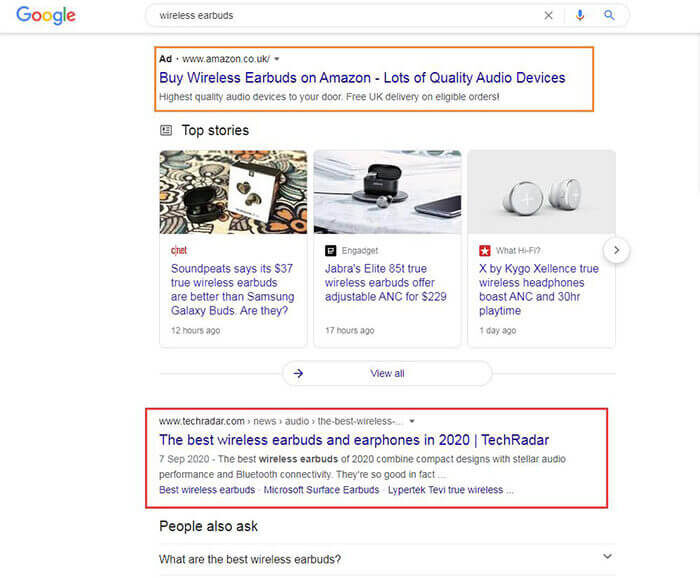
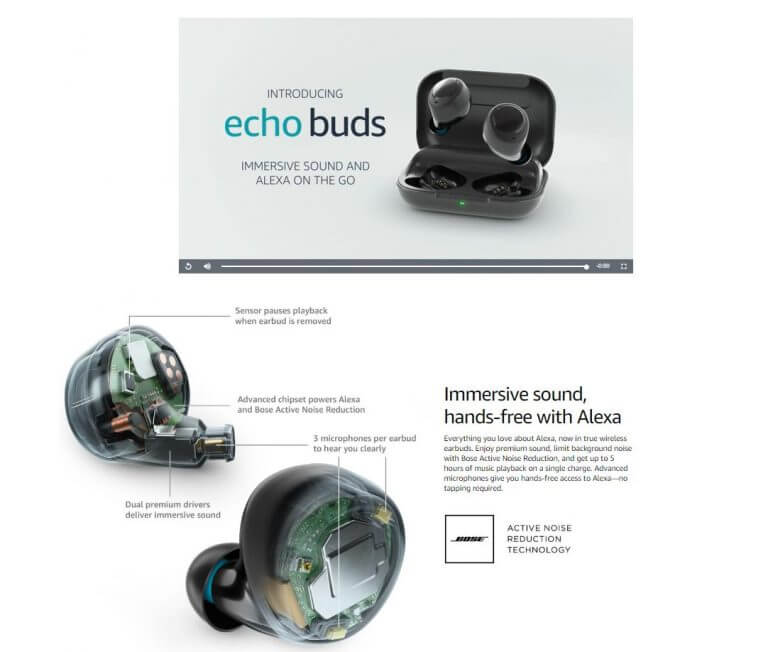





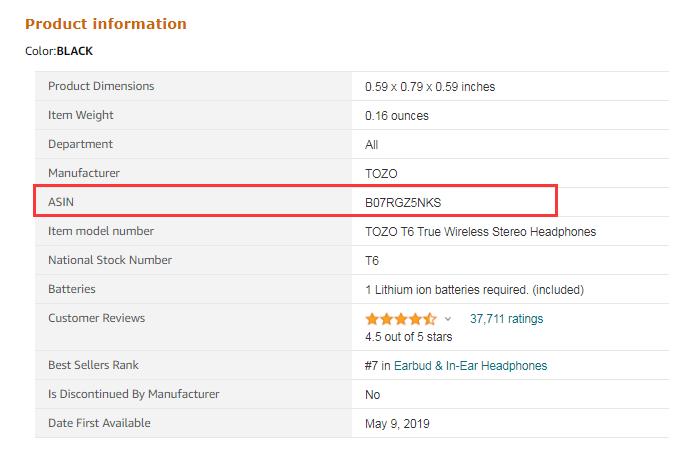

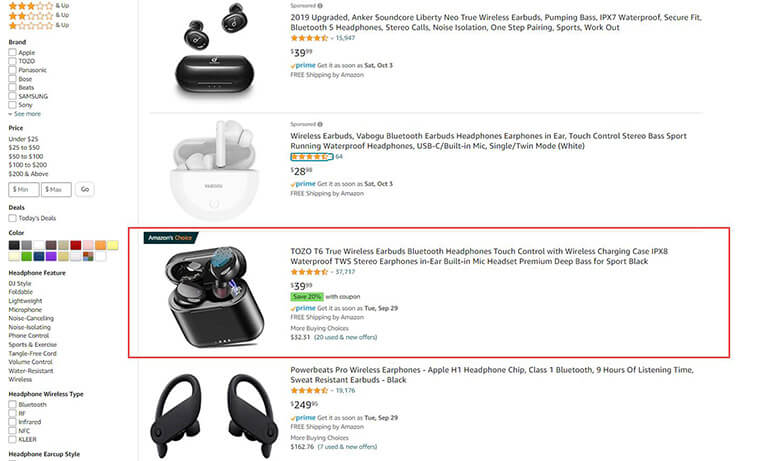
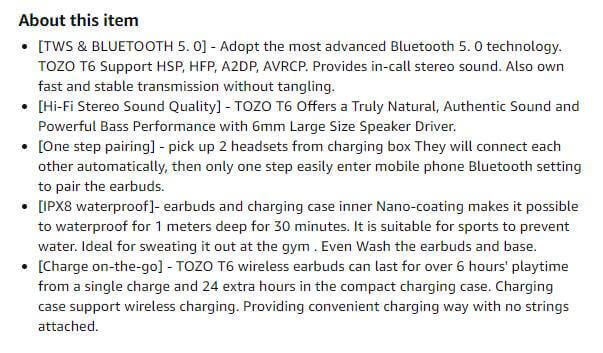
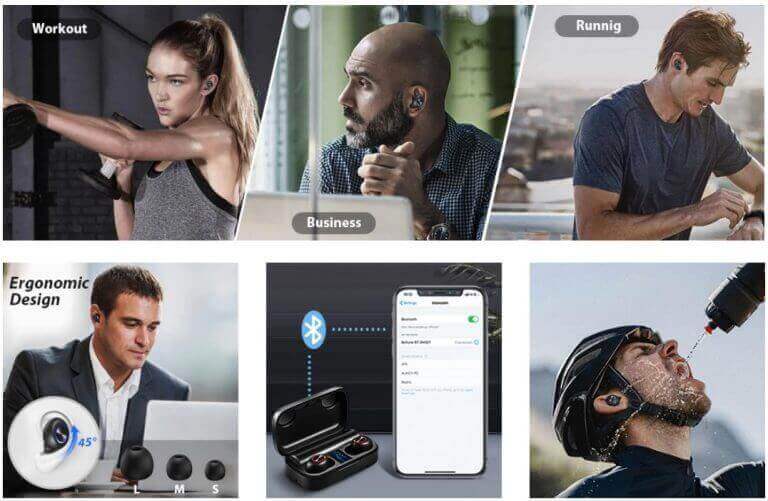


Leave A Comment